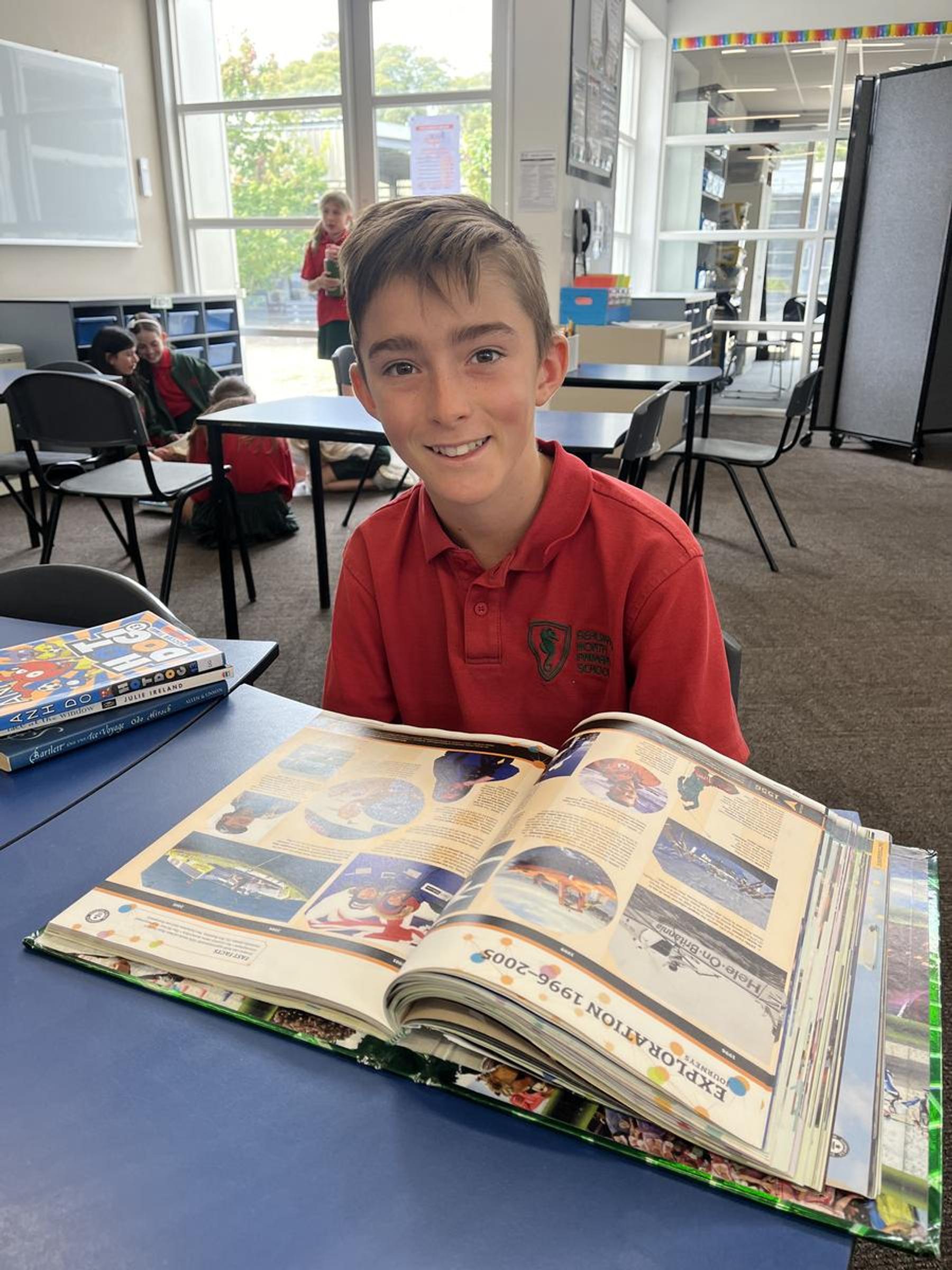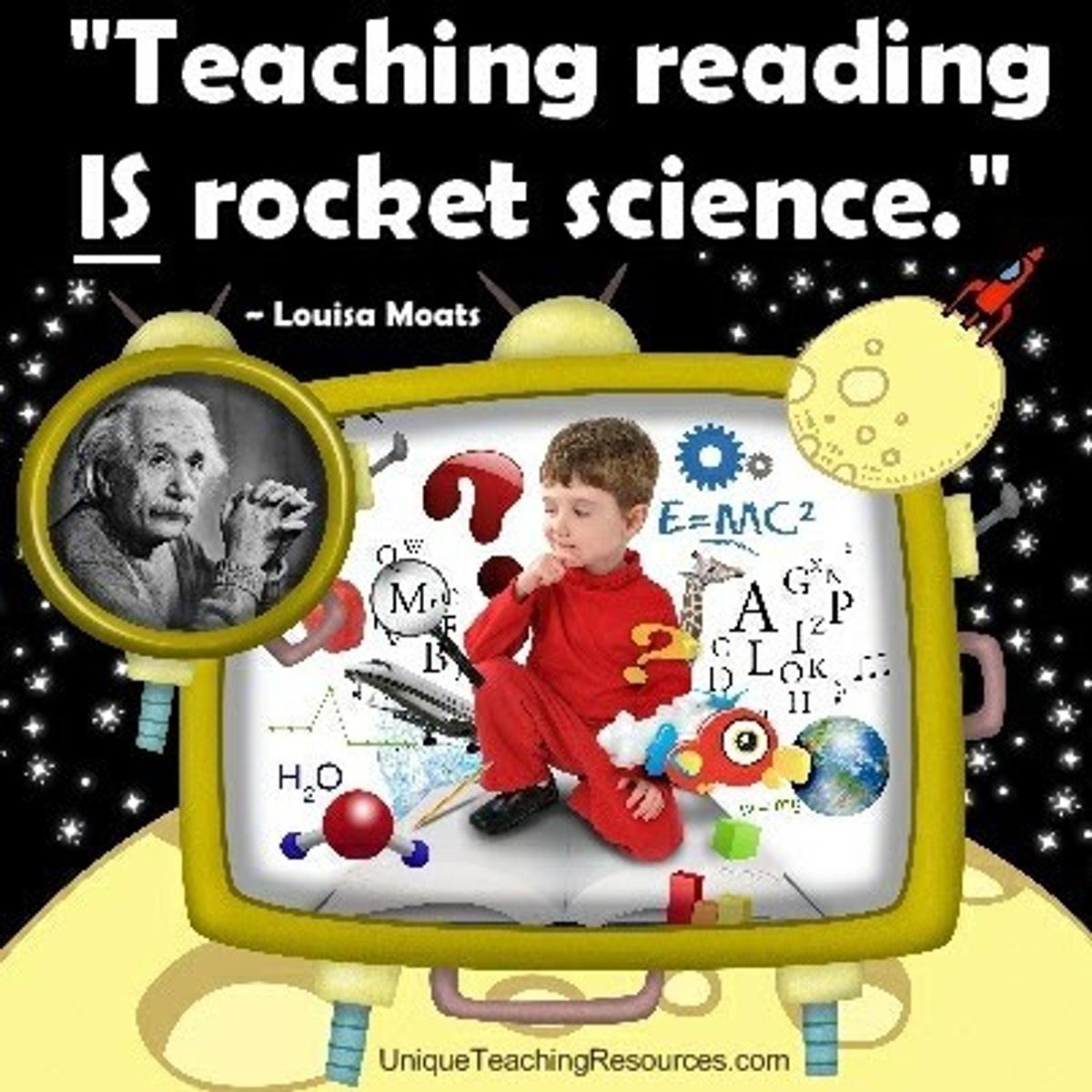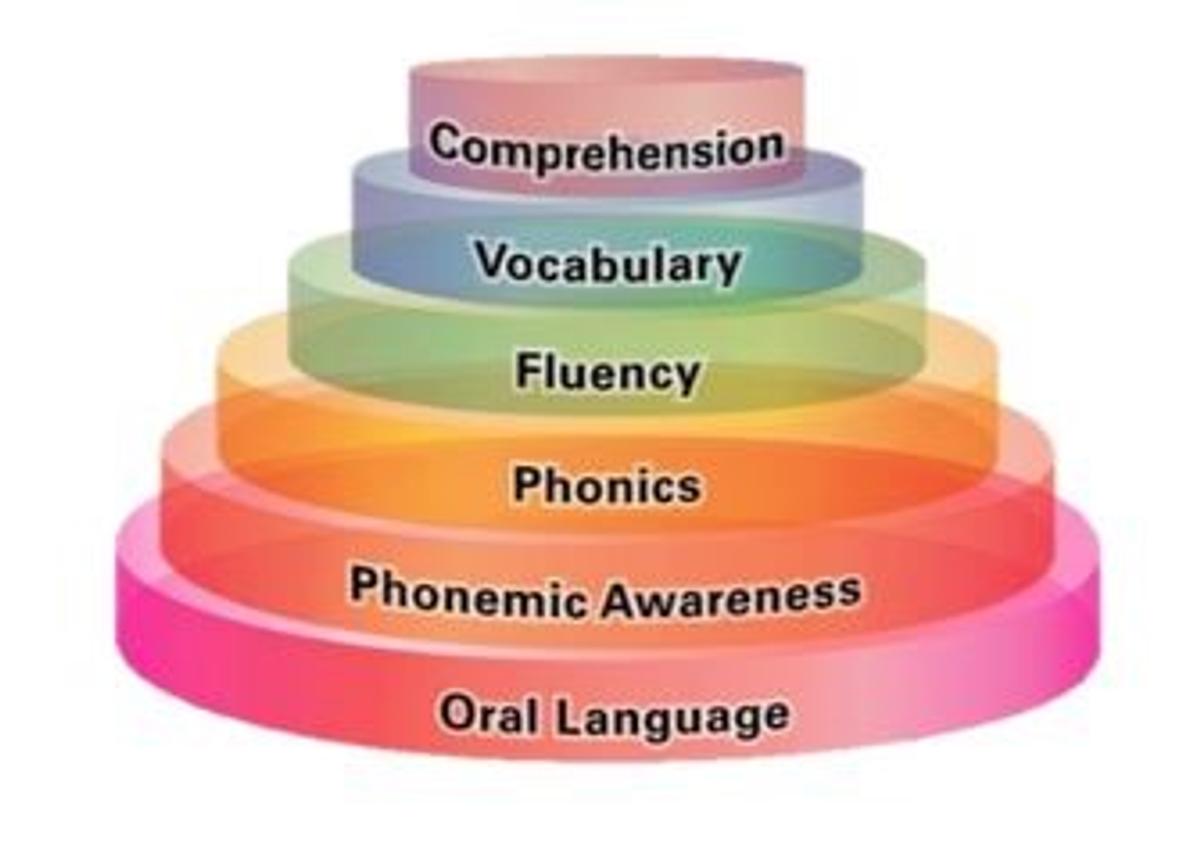Literacy

Understanding the Big 6 of Reading
Reading is a fundamental skill that serves as the cornerstone of your child's education and lifelong learning. To support your child effectively, it's helpful to understand the key components that contribute to successful reading development. These components are known as the "Big 6 of Reading." Let’s break them down:
1. Oral Language
Oral language is the foundation of reading. It involves the ability to understand and use spoken language effectively. Engaging your child in conversations, storytelling, and listening activities helps build their vocabulary, comprehension, and communication skills. Encourage your child to ask questions and express their thoughts to enhance their oral language abilities.
2. Phonemic Awareness
Phonemic awareness is the ability to hear, identify, and manipulate individual sounds (phonemes) in spoken words. This skill is crucial for learning to read and spell. Simple activities like rhyming games, clapping out syllables, and identifying beginning and ending sounds in words can help develop phonemic awareness.
3. Phonics
Phonics involves understanding the relationship between letters and sounds. It’s the method by which children learn to decode words by sounding them out. You can support phonics learning at home by practicing letter-sound correspondences, playing word-building games, and encouraging your child to read aloud, focusing on sounding out new words.
4. Vocabulary
A rich vocabulary is essential for reading comprehension. The more words a child knows, the better they can understand what they read. Expand your child's vocabulary by reading a variety of books together, discussing new words, and incorporating them into daily conversations. Playing word games and exploring synonyms and antonyms can also be fun and educational.
5. Fluency
Fluency is the ability to read text accurately, quickly, and with proper expression. Fluent readers recognize words automatically and can focus on the meaning of the text. To improve fluency, encourage your child to practice reading aloud regularly. Model fluent reading by reading stories to them, and provide opportunities for repeated reading of familiar texts.
6. Comprehension
Comprehension is the ultimate goal of reading. It involves understanding and interpreting what is read. To foster comprehension, ask your child questions about the stories you read together. Encourage them to make predictions, summarise the plot, and discuss the characters and their motivations. Engaging in discussions about the text helps deepen their understanding and critical thinking skills.
How Can You Help at Home?
Read Together Daily: Make reading a regular and enjoyable part of your daily routine. Choose a variety of books that interest your child.
Create a Literacy-Rich Environment: Surround your child with books, magazines, and other reading materials. Provide a quiet, comfortable space for reading.
Be a Reading Role Model: Show your child that reading is important by letting them see you read and by discussing what you’ve read.
Use Technology Wisely: There are many educational apps and websites that can support reading development. Ensure that screen time is balanced with traditional reading activities.
Celebrate Progress: Praise your child’s efforts and achievements in reading, no matter how small. Celebrate milestones and encourage a positive attitude towards reading.
By understanding and supporting the Big 6 of Reading, you can play a crucial role in your child's literacy development. Together, we can build a strong foundation for their future success.
Happy Reading!


